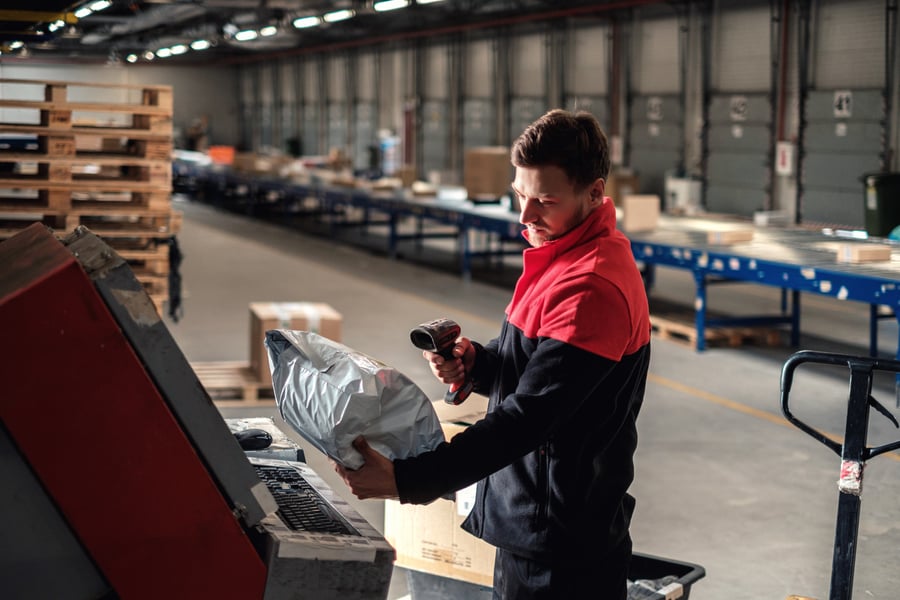A crucial part of the supply chain is your inventory - that’s the goods or materials you intend to sell to customers. Depending on the size of your business, you could have inventory spread across multiple places.
So, when orders come in, you need to know what inventory you have, how much is available and where it’s located. Otherwise, you’ll find it tough to fulfill your customers’ orders. And we all know what happens when customers are unhappy - they complain and they’ll ditch you for a competitor if the problem happens more than once. That’s why it’s so important to have full visibility of your inventory so you know when you need to order (or reorder) items, how much to order and where to store your inventory.
Some key elements of inventory management include:
Inventory tracking: Know exactly where all your inventory is located.
Order management: Customize pricing, send quotes, track orders and manage returns.
Transfer management: Move products to where they’re most valuable.
Purchasing: Create and manage purchase orders.
Shipping capabilities: Automate shipping to reduce late deliveries or delivering incorrect packages.
Reporting and analytics: Understand patterns in processes so you can forecast future demand and sales.
As you can see, inventory management is not a one-and-done task. It requires multiple steps and processes. One small misstep or error could throw your whole operations off and lead to lost revenue. Now, I know you don’t want that to happen.
This is where technology can be your greatest ally. For example, there are new innovations with self-correcting AI that make it easy to reduce waste and help you monitor your inventory better. And let’s not forget about IoT (internet of things) - data from IoT sensors could provide valuable insight into inventory location and status. So, you don’t have to resort to manually checking log books or asking multiple employees in your team to confirm this information.
Of course, the pandemic also created a unique problem for retailers - carrying too much inventory. In the early days of the pandemic, consumers were panic buying toiletries like toilet paper. So, you’d see empty shelves in nearly every grocery store for weeks at a time. To accommodate this surge in demand, many retailers had to stock up on toilet paper and other in-demand items.
But then when things normalized, demand for toilet paper inevitably dropped - leaving retailers with too much stock. AI-enabled technology can prove invaluable in spotting and reducing the problem of excess stock. It can also help you set up ‘what if’ scenario planning so you can understand service and cost alternatives that will put the correct stock levels in place and release significant working capital.



